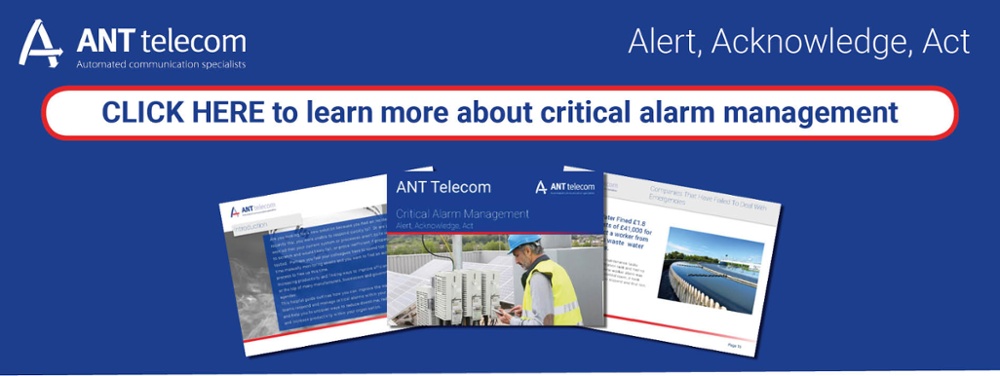
Hospitals across the UK are facing more threats than ever - both physical and technological. Finding solutions to improve complex security systems without going over the budget is an ongoing challenge for all concerned. However, it is possible to improve the way alarms are managed by incorporating human, administrative and technological factors in a cohesive and integrated approach. There is still a difference between the required alarm-related standards and how said standards are actually put into practice, so we aim to bridge this gap by spreading the word about critical alarm automation.
Why do hospitals need critical alarm management systems?
Alarm fatigue is a common problem for any big organisation or building, a form of sensory overload that occurs when alarms are constantly sounding within the hospital. This can lead to a desensitisation to critical alarms and missed alarms. Worryingly, patient deaths have been attributed to alarm fatigue, which is a real and present danger in many modern hospitals. The best way of preventing alarm fatigue is to use a critical alarm management system, so alarms alert the right people at the right time, and massively reduces the risk of a critical alarm not being picked up quickly enough, which in a hospital especially it could result in a fatality. And this is also highly positive for patients as well as staff - research quoted in the British Medical Journal suggests that the constant noise of alarms sounding can increase patients' stress levels, delay recovery times and increase the length of stay in the hospital.
How can critical alarm management systems be used in hospitals?
Critical alarm systems help hospital teams to alert and communicate with each other quickly and effectively in an emergency. It's a truism that the communication systems used by many hospitals often use a number of rather outdated communication systems, preventing a wholly integrated solution where teams are able to share vital information with each other.
Hospitals use monitors and other bedside equipment to monitor patients – whereby audible alarms are triggered when certain thresholds are reached. The challenge is that staff require timely patient data and alerts, however, too many clinically insignificant alerts impact staff (causing alarm fatigue) and compromise patient well-being, especially at night.
By distributing alerts from patient monitors to the mobile Critical Care Teams, helps to minimise noise pollution and the risk of alarm fatigue. Similarly alerts from other monitoring system, e.g. building management systems that monitors power, lightning, fire and other critical systems can be distributed directly to mobile maintenance or facility teams too. This minimises the need for staff to physically monitor screens throughout the hospital for issues or alarms to appear.
The benefits of emergency notification systems/critical alarm management systems
Implementing a critical alarm system with the support of ANT Telecom is an economically cost-effective investment for numerous reasons. Your hospital will be able to continue to use existing equipment as it can integrate with legacy monitoring and building management systems as well as mobile platforms like Radio, DECT or Smartphones. Mobile teams will be able to work collaboratively together and respond to alerts even across the various mobile platforms.
Critical alarm management solutions can be used to notify the relevant personnel about any faulty machinery such as fridges or computers, or, even more crucially, life-support machinery. In a hospital setting, the ability to react quickly and appropriately to such a notification could easily mean the difference between life and death.
Sophisticated workflows are used to update groups rather than sharing messages with the irritating 'fire and forget' method. This means that there is no risk of staff wasting time and energy by responding to alerts that are irrelevant and unnecessary. This is also the best way of eliminating the risk of alarm fatigue and reduce the response time. It is also possible to distribute alarm messages across multiple platforms,
Smartphones used by staff can also be upgraded with a lone worker app and used as panic buttons adding another layer of personal staff protection. This is vital in a hospital environment where staff might be confronted by a violent or unstable patient, and it allows them to instantly alert others to assist them.
If you had recently experienced an incident where you were disappointed in the response time or felt there was certainly room for improvement in your current system or processes, contact ANT Telecom or download this free guide for more information.





